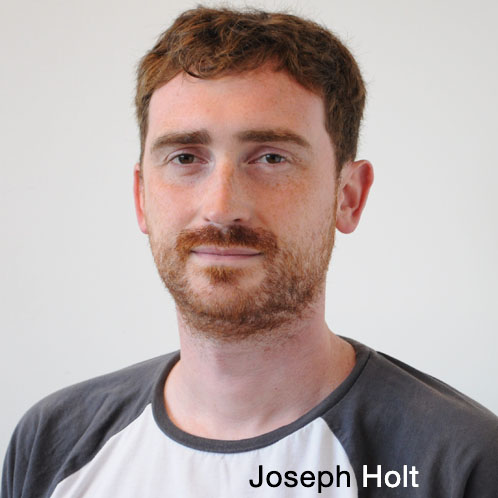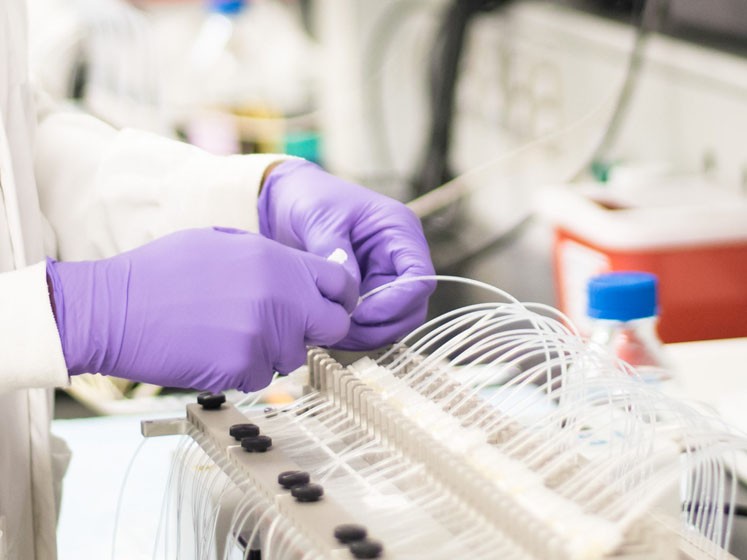Overcoming the challenges involved in scaling-up semisolid topical and transdermal products relies on robust process development strategies. This is accentuated by the fact that, as process development is multifaceted, changing one part of the process could ultimately impact others.
A comprehensive approach to process development requires those involved to have a thorough understanding of the drug. For example, knowledge of any prior preformulation work — such as solubility and/or stability testing under a variety of conditions — helps developers to identify areas of the process to be investigated.
This knowledge, combined with detailed risk assessments — typically in the form of failure modes and effects analysis (FMEA) — can be used to determine the potential critical material attributes (CMAs), critical processing parameters (CPPs) and how these might affect the product's critical quality attributes (CQAs).
To ensure robustness, it’s important to work with a QbD (quality by design) approach and build quality in from the start of the project. When warranted, a statistical DoE (design of experiment) approach can be done; this has the added benefit of being able to identify the design space and finding the edge(s) of failure.
Once the design space is defined, it reduces any associated risk if process changes are needed further down the line.
Without a thorough understanding of how the product operates under different conditions, difficulties can be expected during the manufacturing and/or filling processes.
Developers will need to characterise the product and be innovative in terms of finding alternative options to overcome challenges if they do arise — especially considering these projects often require unique and bespoke solutions rather than a one-size-fits-all approach.

Finding alternative and innovative solutions is of particular importance when you cannot work with the exact same equipment or the processes involved are not easily scalable. It’s these scenarios when finding your edge(s) of failure and understanding the relevant parameters is invaluable.
The earlier this knowledge can be ascertained the better; as, once the most suitable formulation is found, it will not be simple to change and will impact on both financial resources and time. An early understanding will also be useful for regulatory submissions (IND/IMPD) at critical milestones.
Generic semisolid process development is even more challenging
Additional difficulties can be expected when scaling generic semisolid topical and transdermal products. Developers will not only need to reverse engineer the composition of the originator product, but also the process, to ensure generic pharmaceutical equivalence and bioequivalence and to confirm that this equivalence is maintained as the project scales to larger batch sizes.
Compared with developing an NCE (new chemical entity), this poses unique challenges as you do not have control from the start and are not aware of the nuances of the manufacturing process.
Along with reverse engineering the formulation composition, preliminary process assessments can be done at an early stage to help match the characteristics of the originator product. This helps to reduce costs, attain a consistent, scalable formulation and build an understanding of the process before formal process development.
Whereas the reverse engineering and available literature can provide you with a guide to the composition of the originator, it can rarely tell you the grade of the excipient used.
Excipient manufacture has its variabilities too; as such, during the process development stages, depending on the specific excipient, MedPharm would also recommend investigation into different batches/manufacturers of excipients.
This is when strong relationships with excipient manufacturers and suppliers can be useful … and why it's important to understand each excipient thoroughly.

The age of the manufacturing technology may also impact project timelines. For example, if the processes used to make the originator product were designed at a time when manufacturing technology limitations existed, and the process was less well controlled, novel innovations may mean that these hurdles have been overcome.
Furthermore, increased process control may result in less product variability.
Issues such as these can cause difficulties when trying to match the physical characteristics of a product — especially when inter- or intrabatch variations in originator product microstructure (physicochemical/structural) are observed; this often means that more batches need to be analysed to understand the limits of the variation.
Finding support from experienced partners
Process development falls into almost every stage of drug product manufacture and, as such, collaboration is key to success. Although the official process development activities typically start after the lead formulation has been selected, it is important that formulators and process scientists appreciate and understand their respective roles.
This can involve collaboration from the initial proof of concept, which is especially important for more complex reverse engineering projects.
The collaboration is not limited to the contract research organisation (CRO) and the client; it expands to suppliers and equipment manufacturers. Internal relations between formulation, analytical, quality, GMP and legal teams must clearly and transparently share information to help with decision making throughout process development.
Working with a CRO that knows how to foster such relationships is as critical as the experience they are bringing to the project.
Experience and expertise should allow this partner to appreciate the requirements needed to build a robust approach to process development. CROs must offer transparency when discussing timelines and why processes and parameters were chosen.
Ideally, development and manufacturing teams will also continue to provide support — including technical advice, sample testing or document preparation for regulatory submission — even after the project has transferred from the facility.
Looking towards the future
The growing desire for semisolid transdermal and topical drug products to reach the market, as well as generic alternatives to those already approved, is leading to increased numbers of new therapeutic products entering the development pipeline.
With inevitable competition, particularly from those focusing on generics, developers will need to ensure that their product can navigate the many challenges that may arise on the journey to market and deliver their product at speed.
Ensuring that accelerated timelines can be balanced with quality as the project scales will rely on a robust approach to process development.
Considering the many difficulties that might arise during scale-up, the importance of robust approaches is clear.
It will be increasingly necessary to identify development and manufacturing partners that appreciate these challenges while having the experience and expertise to scale semisolid drug product production to overcome them.
These partners should not only fix immediate problems but must also approach the project from a more rigorous and well-rounded perspective … and continue to provide support even after the project has been transferred from their site.
